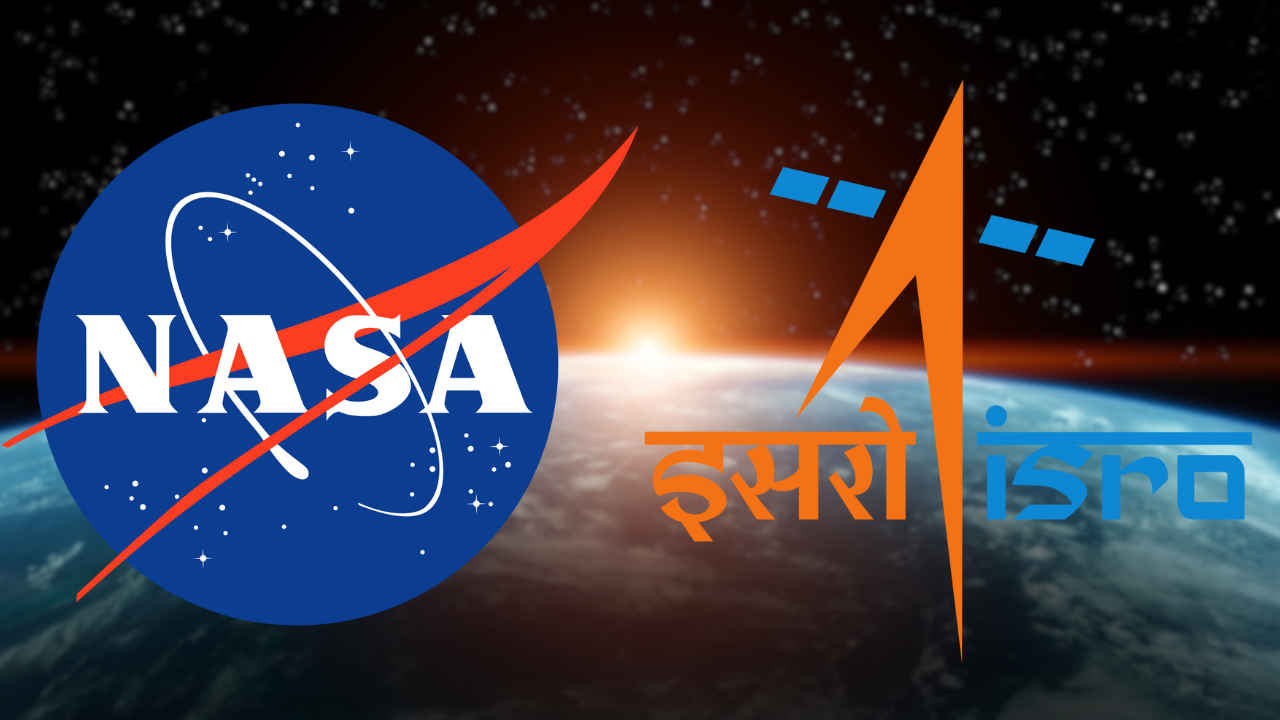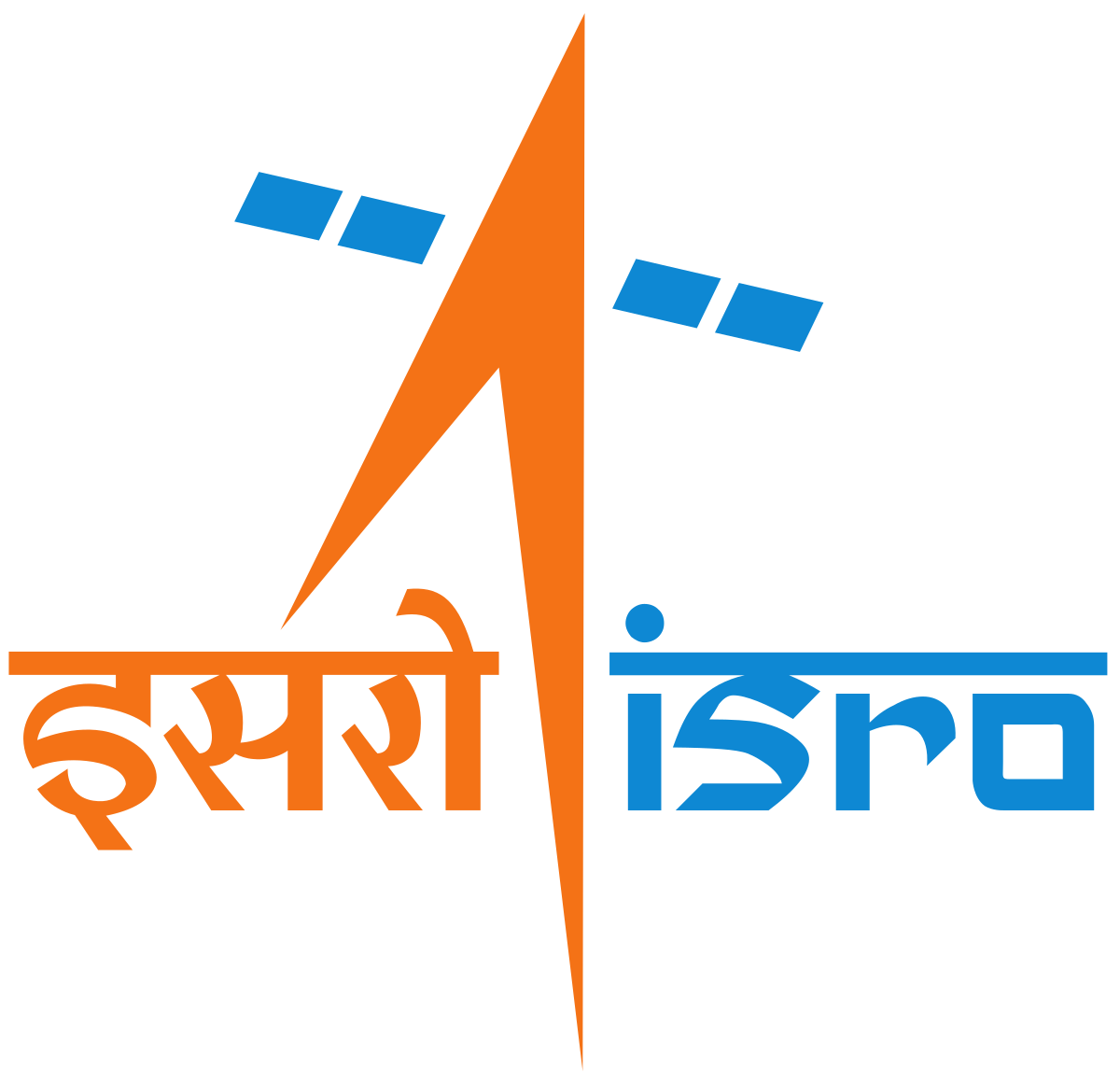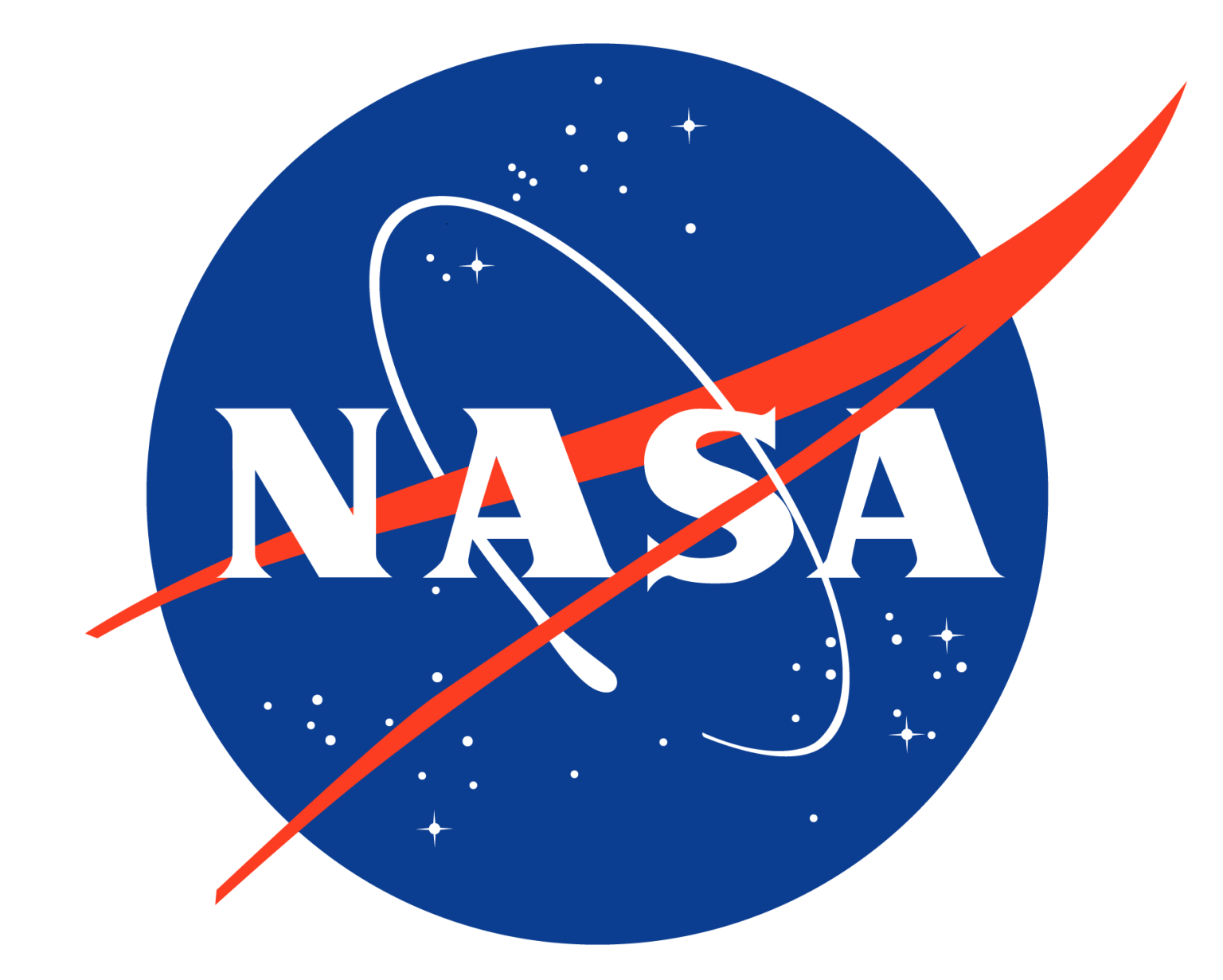ISRO or the Indian Space Research Organisation, is the national, government owned space agency of India. It is the primary research and development arm of the Department of Space (DoS).
NASA or the National Aeronautics and Space Administration, is an independent agency under the Federal Government of the United States of America responsible for aeronautics research, space research and the civil space program.
This post gives a detailed analysis of these space agencies based on various factors, to try to answer the ever popular topic of “ISRO vs NASA”
1. Budgets-
Annual budgets are one of the most important factors affecting the performance of any companies, including space agencies.
Let’s take the annual budgets of ISRO and NASA for the year 2021–2022.
ISRO-
In the year of 2021–2022, the budget of the Department of Space (DoS), was Rs. 12,473.84 crore in 2020 constant INR terms. This would amount to about 1.7 billion 2020 constant USD.
This amounts to about 0.35% of the national expenditure of that particular year.
NASA-
NASA’s budget for the fiscal year 2021 was about 23 billion 2020 constant USD.
This was about 0.58% of the federal budget of 2021.
Now, when you compare them, NASA’s budget is way higher than ISRO’s (about 13 times). So, this enormous difference in the budgets greatly affects the capabilities and technological advancements of both the agencies, with NASA clearly having the upper hand here.
2. Yearly Missions
This point discusses the number of missions of the agencies in the year of 2023-
ISRO-
2023 was a big year for ISRO. It saw ISRO launching 2 of its most important missions, namely, Aditya L-1 and Chandrayaan-3, both of which were successful.
In all, ISRO had 7 launches in 2023. Out of these 7 launches, 4 were ISRO satellites, 2 contained payloads from Singapore, and 1 launch was for a private company, OneWeb.
NASA-
Meanwhile, NASA had only one single launch in 2023, i.e., the Psyche asteroid mission. This mission consists of a spacecraft en route to the asteroid 16 Psyche.
Historically, NASA has had way more launches per year than ISRO, but in the recent years, this number has dropped a lot.
In this category, ISRO is clearly better than NASA, having 7 launches as compared to NASA.
3. Launch Vehicles
This part discusses the capabilities of the active launch vehicles of ISRO and NASA-
ISRO-
ISRO currently has 4 main launch vehicles- SSLV (Small Satellite Launch Vehicle), PSLV(Polar Satellite Launch Vehicle), GSLV(Geosynchronous Satellite Launch Vehicle), and LVM-3(Launch Vehicle Mark-3).
The SSLV is capable of launching a small satellite with a mass of around 500 kg to an orbit of 500km.
PSLV can carry payloads up to 3800 kg to low Earth Orbit, and up to 1800 kg to sun-synchronous orbit.
GSLV can deliver payloads of up to 2500 kg into a geostationary transfer orbit.
LVM-3 is ISRO’s most powerful rocket. It can carry 4000 kgs to Geostationary Transfer Orbit and up to 8000 kgs to Low Earth Orbit. It is also to be used to carry humans to space for the Gaganyaan mission.
NASA-
As of May 2024, NASA has only one launch vehicle in use, i.e., the Space Launch System (SLS).
The SLS is the most powerful rocket built by NASA till date, and is to be used for the Artemis program. The initial variant of this rocket can send 36,000 kgs to deep space, while the larger versions can send up to 46,000 kgs.
Here, NASA has a way more powerful rocket than ISRO, but lacks a rocket to send smaller payloads and satellites to space, for which it has to turn to private companies like SpaceX.
However, in case of ISRO, this is not the case. It has several categories of launch vehicles which are very successfully catering to its own current needs, along with launching some satellites of other countries and private companies too.
4. Key Achievements
ISRO-
Some of the key achievements of ISRO are the Mangalyaan mission, Chandrayaan-3, Aditya L-1, along with developing cost-effective launch vehicles and satellites.
NASA-
The key achievements of NASA include the International Space Station partnership, the James Webb Space Telescope with the European Space Agency (ESA), the Space Shuttle program, and the Mars Exploration program.
In this category, NASA clearly leads ISRO, having a larger budget from its establishment, which allowed it to launch technologically advanced missions in higher numbers.
5. Innovation
ISRO-
ISRO is well known for its innovative and cost effective approaches, like launching a spacecraft to Mars using a rocket intended to place satellites in Low Earth Orbit.
The Mangalyaan spacecraft was also the cheapest Mars mission by any space agency till date and lasted well beyond its original life.
NASA-
NASA also has quite some innovation under its belt, from building probes to land on asteroids, to sending satellites to interstellar space.
The missions to Jupiter, Saturn, Venus, and Mars are technological marvels that are way ahead of their time.
This is one category where both of these agencies excel in their own ways.
Conclusion
Historically, NASA has been way better than ISRO, launching a higher number of missions, including human spaceflight missions and having better, more powerful rockets.
However, this has changed in the last few years where NASA’s launch rates have slowed down considerably. Like mentioned above, ISRO had 7 launches last year as compared to NASA’s 1 launch, even with the enormous difference in budgets.
At this point, NASA’s progress has slowed so much that they need to turn to private companies like SpaceX for launching their missions. On the other hand, ISRO has already launched 2 missions in 2024, and have 6 more scheduled.
In the end, it all depends on the perspective of the observer if ISRO is better than NASA. Some might argue that ISRO is better as they have more launches, while others may argue that NASA has a lot more past and active missions, making it better
Comment your views on which space agency is better down below!
Follow my blog for more such news on space and space technology. Get the best of Cosmexplainers directly in your inbox using the follow.it widget
Clear skies,
Aarav Iyer
Thumbnail-Digit
.png)




NASA is always better than ISRO
ReplyDeleteTrue
DeleteISRO is actually a part of NASA
Delete